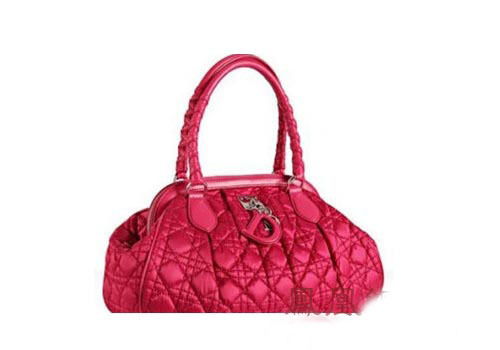Introduction to Packaging: The Art of Protecting and Presenting Products

Packaging is an integral part of the product lifecycle, serving both functional and aesthetic purposes. It is the first point of contact between a consumer and a product, and thus, its importance cannot be overstated. This article delves into the world of packaging, exploring its significance, types, and the latest trends in the industry.
Functionality: The Core Purpose of Packaging

One of the primary functions of packaging is to protect the product from damage during transportation and storage. It acts as a barrier against environmental factors such as moisture, light, and temperature fluctuations. Additionally, packaging helps in maintaining the product's shelf life by preventing spoilage and contamination.
Moreover, packaging plays a crucial role in product identification and branding. It allows consumers to easily recognize and differentiate between products, thereby aiding in brand loyalty and marketability. Effective packaging also enhances the user experience by providing convenience, ease of use, and clear instructions.
Tags: Packaging Functionality, Product Protection, Branding, User Experience
Types of Packaging: A Diverse Range of Solutions

The packaging industry offers a wide array of options to cater to different product types and requirements. Some common types of packaging include:
Flexible Packaging: Ideal for products that require lightweight, durable, and versatile packaging solutions. Examples include bags, pouches, and wraps.
Corrugated Packaging: Known for its strength and durability, this type of packaging is commonly used for shipping and protecting fragile items. Boxes and cartons are popular examples.
Plastic Packaging: Offers excellent barrier properties and is suitable for a wide range of products. Bottles, jars, and containers are common applications.
Glass Packaging: Known for its transparency and durability, glass packaging is often used for products that require a premium look and feel, such as skincare and spirits.
Biodegradable Packaging: A growing trend in the industry, biodegradable packaging aims to reduce environmental impact by breaking down naturally over time.
Tags: Packaging Types, Flexible Packaging, Corrugated Packaging, Plastic Packaging, Glass Packaging, Biodegradable Packaging
Design and Aesthetics: The Visual Appeal of Packaging

The design of packaging plays a significant role in attracting consumers and conveying the brand's message. A well-designed package can evoke emotions, create a memorable impression, and influence purchasing decisions. Key aspects of packaging design include:
Color: Colors can evoke emotions and convey messages. For instance, green is often associated with health and nature, while red signifies passion and energy.
Typography: The choice of font and size can impact readability and brand perception. A unique and legible font can make a package stand out.
Imagery: High-quality images and graphics can enhance the visual appeal of a package and help communicate the product's features and benefits.
Material: The choice of material can contribute to the overall look and feel of the package, as well as its environmental impact.
Tags: Packaging Design, Branding, Color, Typography, Imagery, Material
Environmental Concerns: Sustainable Packaging Solutions

Recyclable Packaging: Materials that can be easily recycled, reducing waste and environmental impact.
Biodegradable Packaging: Materials that break down naturally over time, minimizing the need for landfills.
Compostable Packaging: Materials that can be composted in a controlled environment, turning into nutrient-rich soil.
Minimalist Design: Reducing packaging size and material usage to minimize waste and environmental impact.
Tags: Sustainable Packaging, Recyclable Packaging, Biodegradable Packaging, Compostable Packaging, Minimalist Design
Conclusion: The Future of Packaging

Packaging is an ever-evolving field, with new technologies and materials constantly emerging. As consumer demands and environmental concerns continue to grow, the industry will need to adapt and innovate to meet these challenges. The